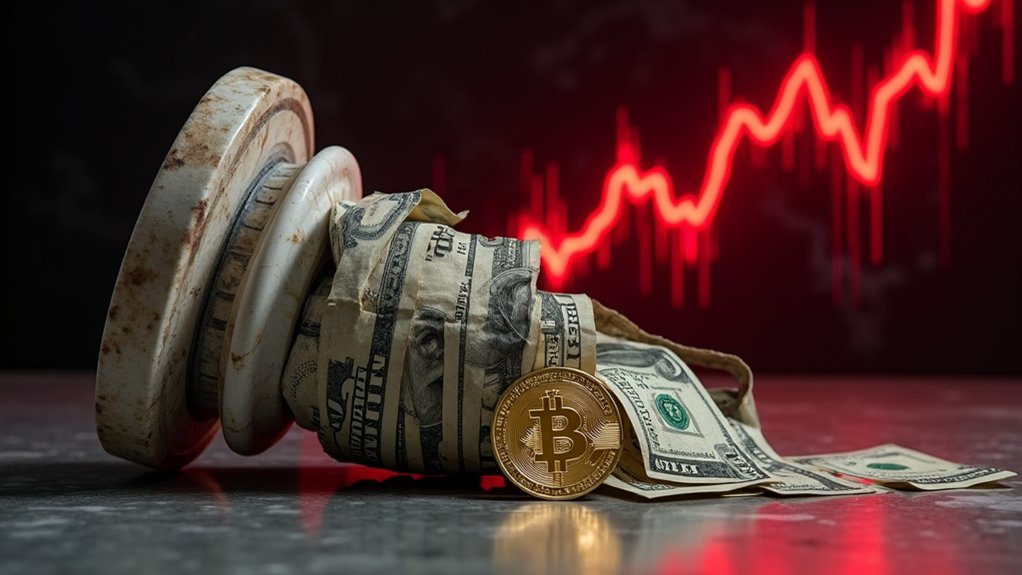While the founding fathers might have worried about America’s initial $75 million debt after the Revolutionary War, they’d probably have heart attacks seeing today’s mind-boggling $36.51 trillion figure.
It’s almost comical to think that Andrew Jackson once managed to completely pay off the national debt in 1835. Those were simpler times.
Fast forward to the 1980s, when Reagan’s presidency kicked off a debt party that never really ended. His combination of tax cuts and military spending sprees sent the debt soaring from $998 billion to $2.6 trillion.
The message was clear: fiscal restraint was so last century.
The 1990s offered a brief respite. Lower military spending and higher taxes, coupled with an economic boom, actually helped reduce the debt.
But then came George W. Bush, and the debt party started up again. The 2008 financial crisis didn’t help, forcing emergency spending that made previous splurges look like pocket change.
Then Obama stepped in with his $831 billion American Recovery and Reinvestment Act. By the time he left office, the debt had ballooned to $19.5 trillion.
Republicans complained. Democrats defended. The debt kept growing.
Enter Trump and COVID-19. Now that was a spending spree for the history books. Government outlays increased by about 50% between 2019 and 2021, pushing the debt to $28.4 trillion.
Between tax cuts and pandemic relief measures, the money printer worked overtime. The cost of servicing this massive debt has reached an annualized rate of $726 billion as of July 2023.
Today’s $36.51 trillion debt isn’t just a number – it’s a reflection of decades of bipartisan spending addiction. Looking back to 1900, when the federal debt was at just 6.6% of GDP, the contrast is staggering.
The debt-to-GDP ratio is projected to hit 118.5% by 2035, and interest payments alone will soon dwarf defense spending.
By 2029, we’ll break the post-World War II debt record, and not in a good way.
What’s driven this massive increase? Everything from wars to recessions, pandemic responses to tax cuts.
It’s been a perfect storm of persistent revenue shortfalls and ever-increasing expenditures.
The founding fathers wouldn’t just have heart attacks – they’d probably need defibrillators.





